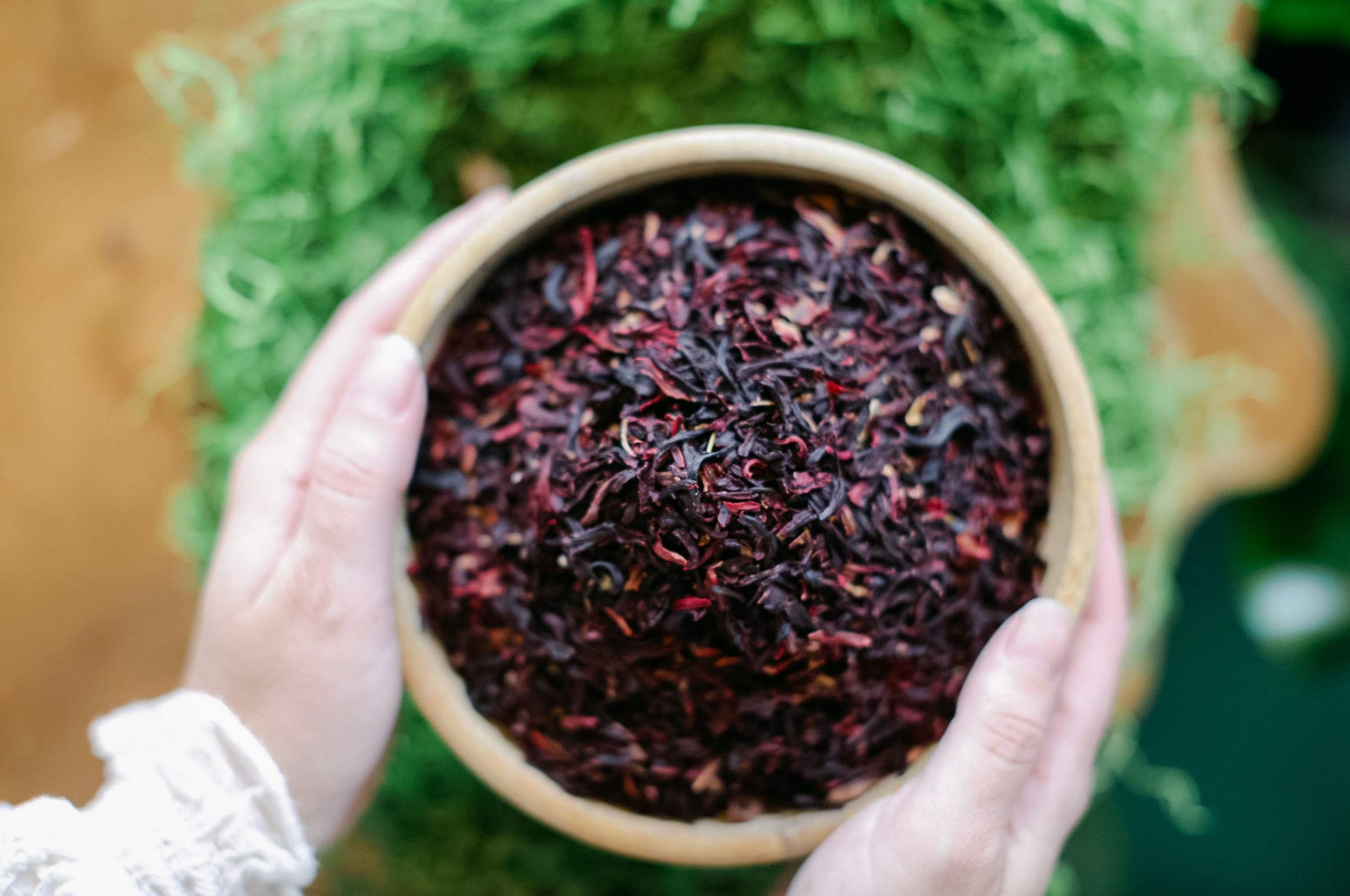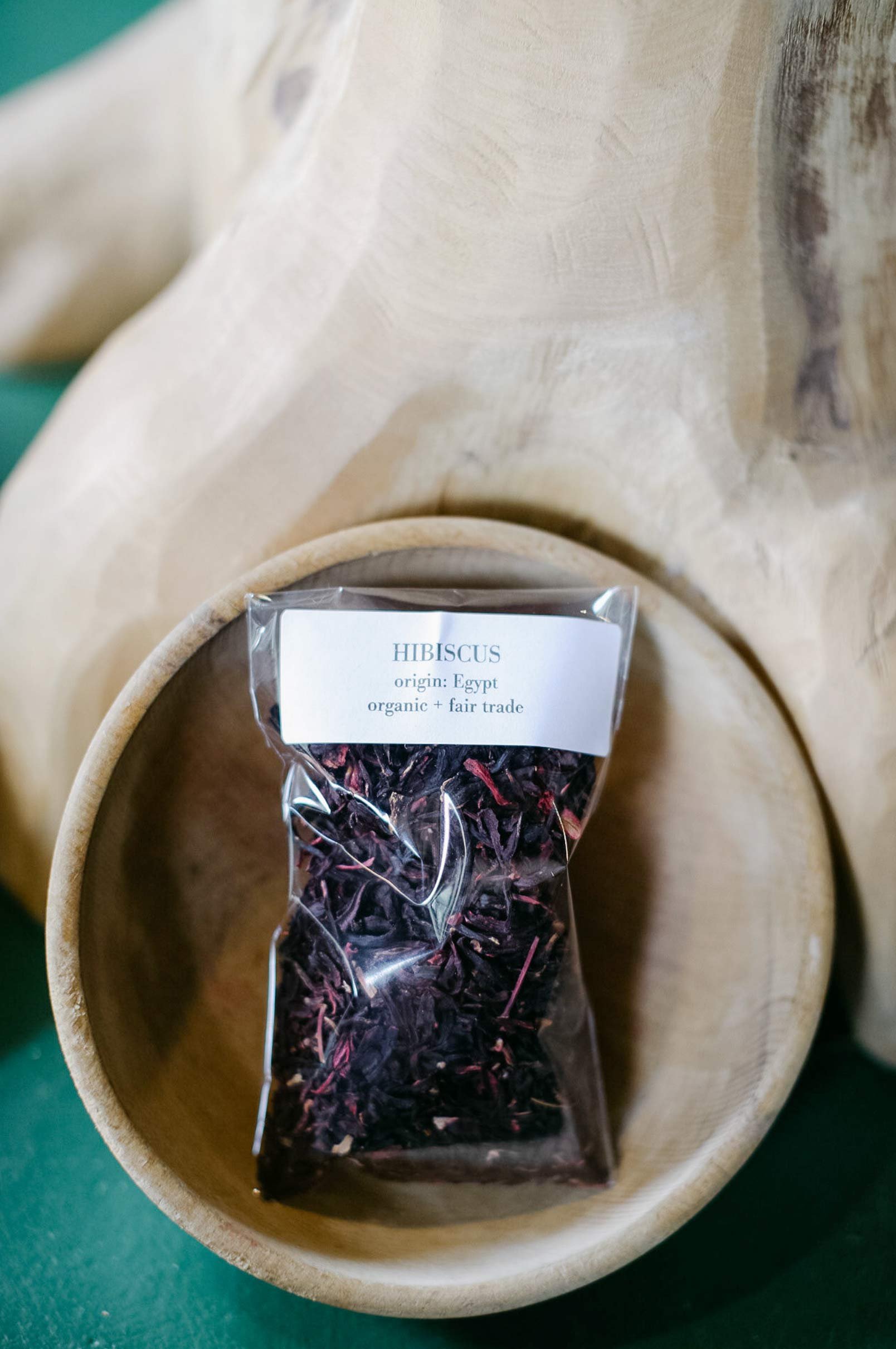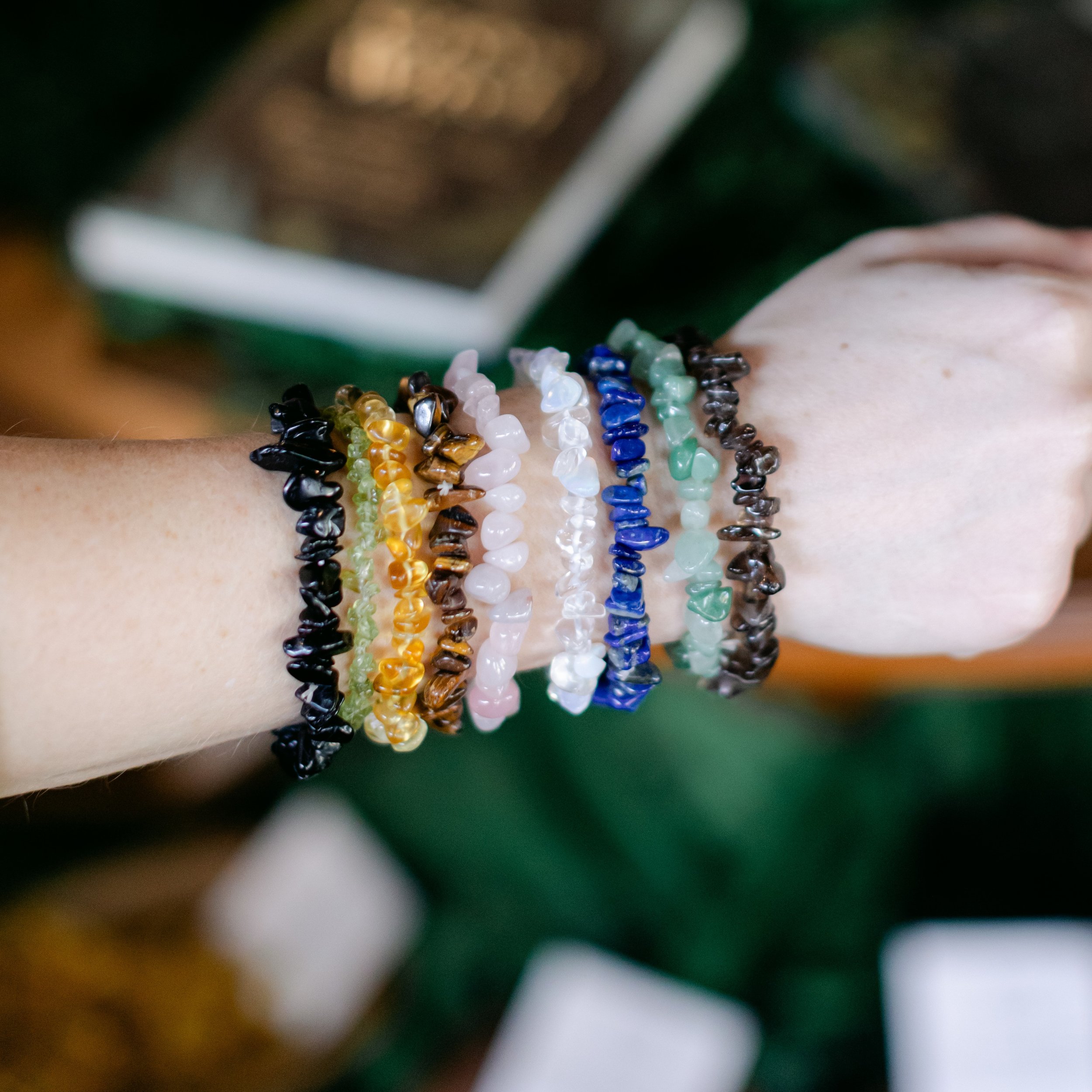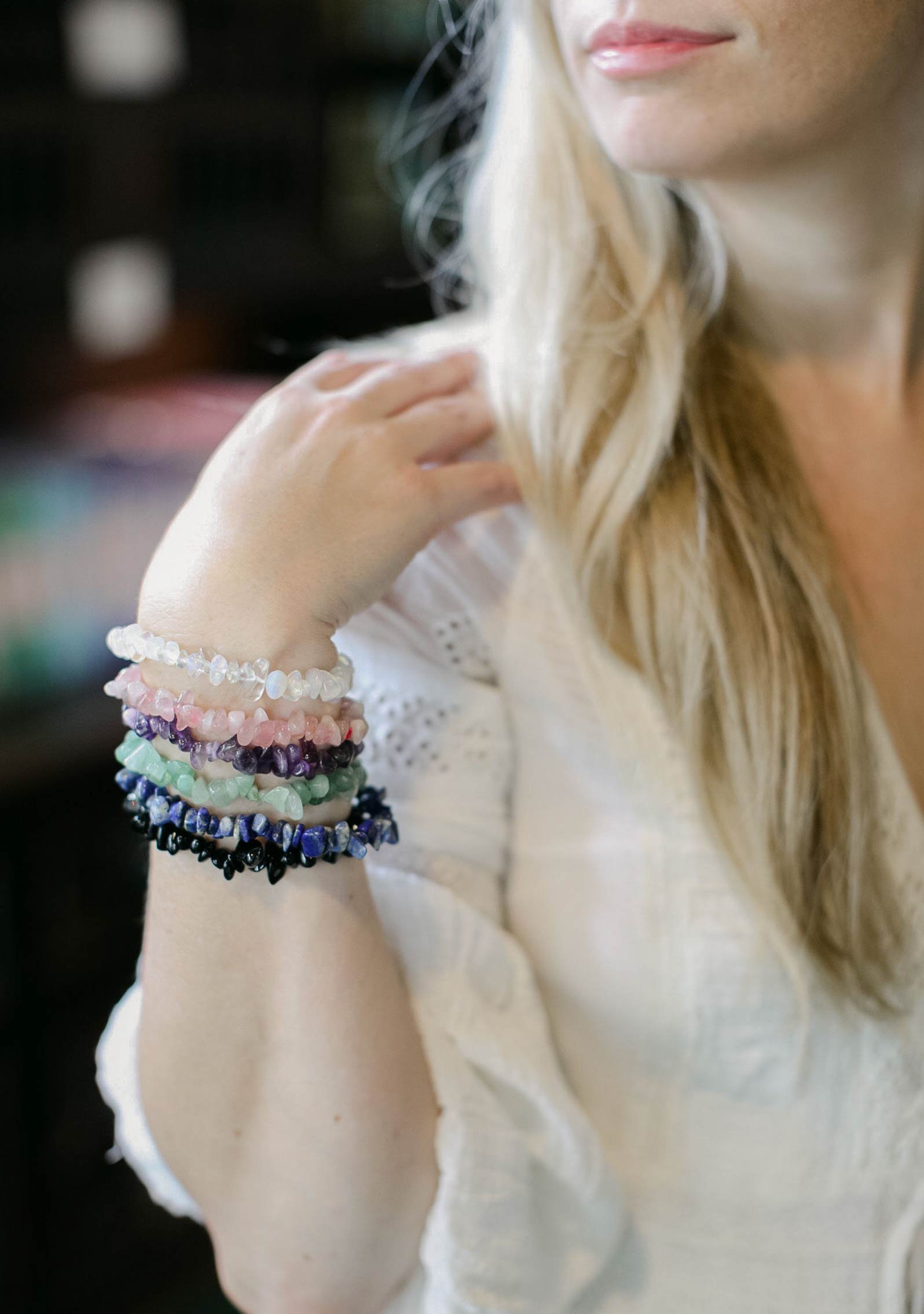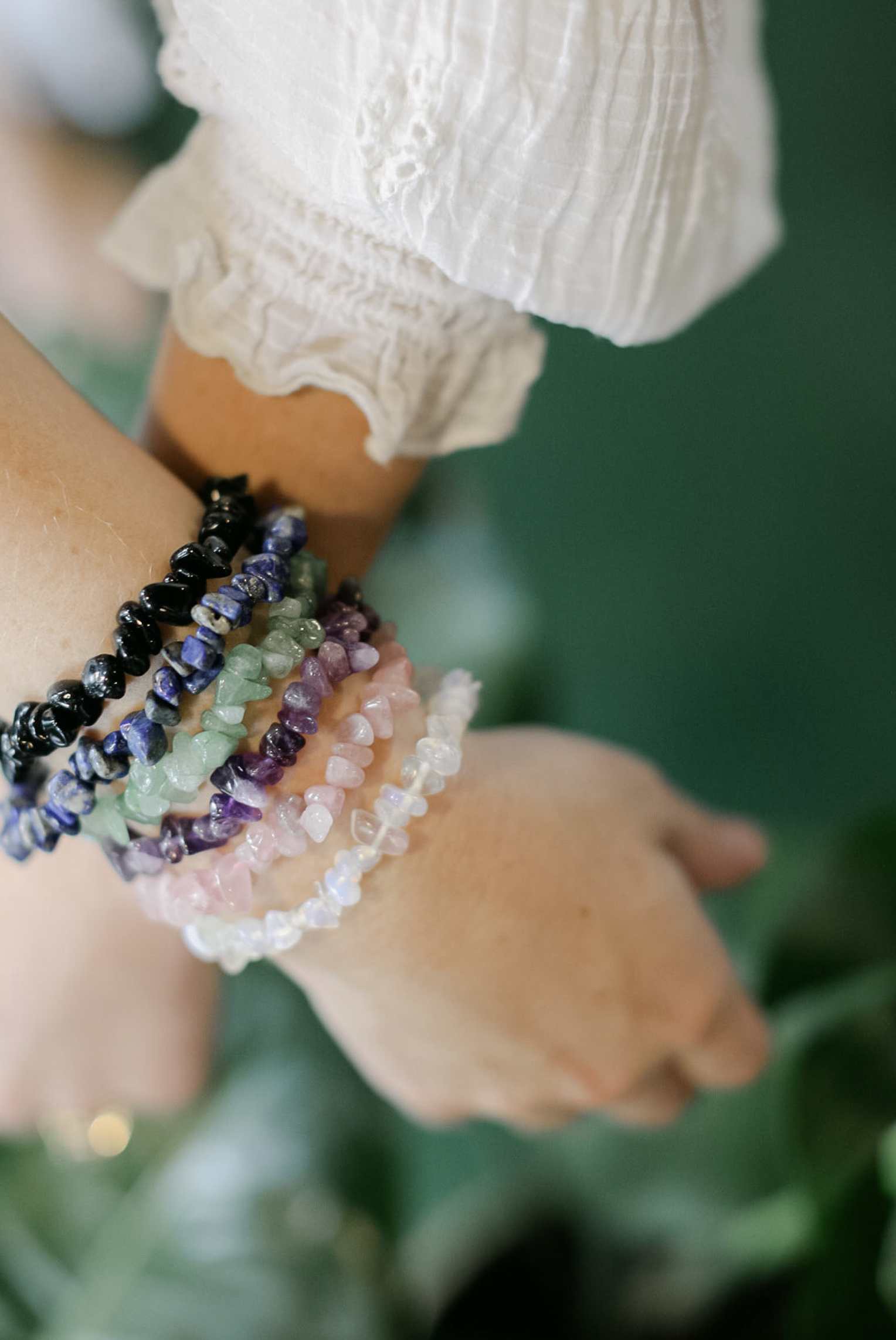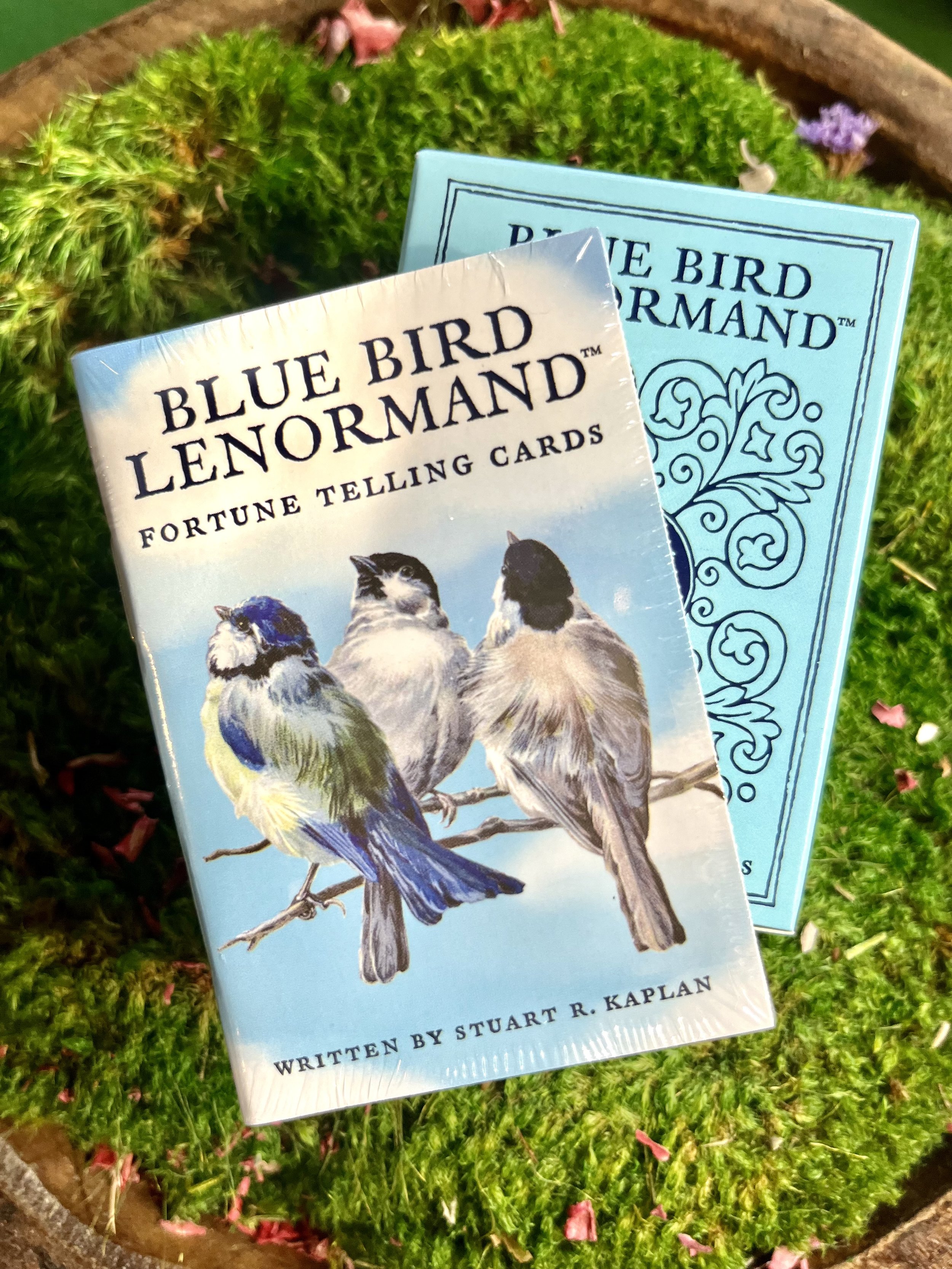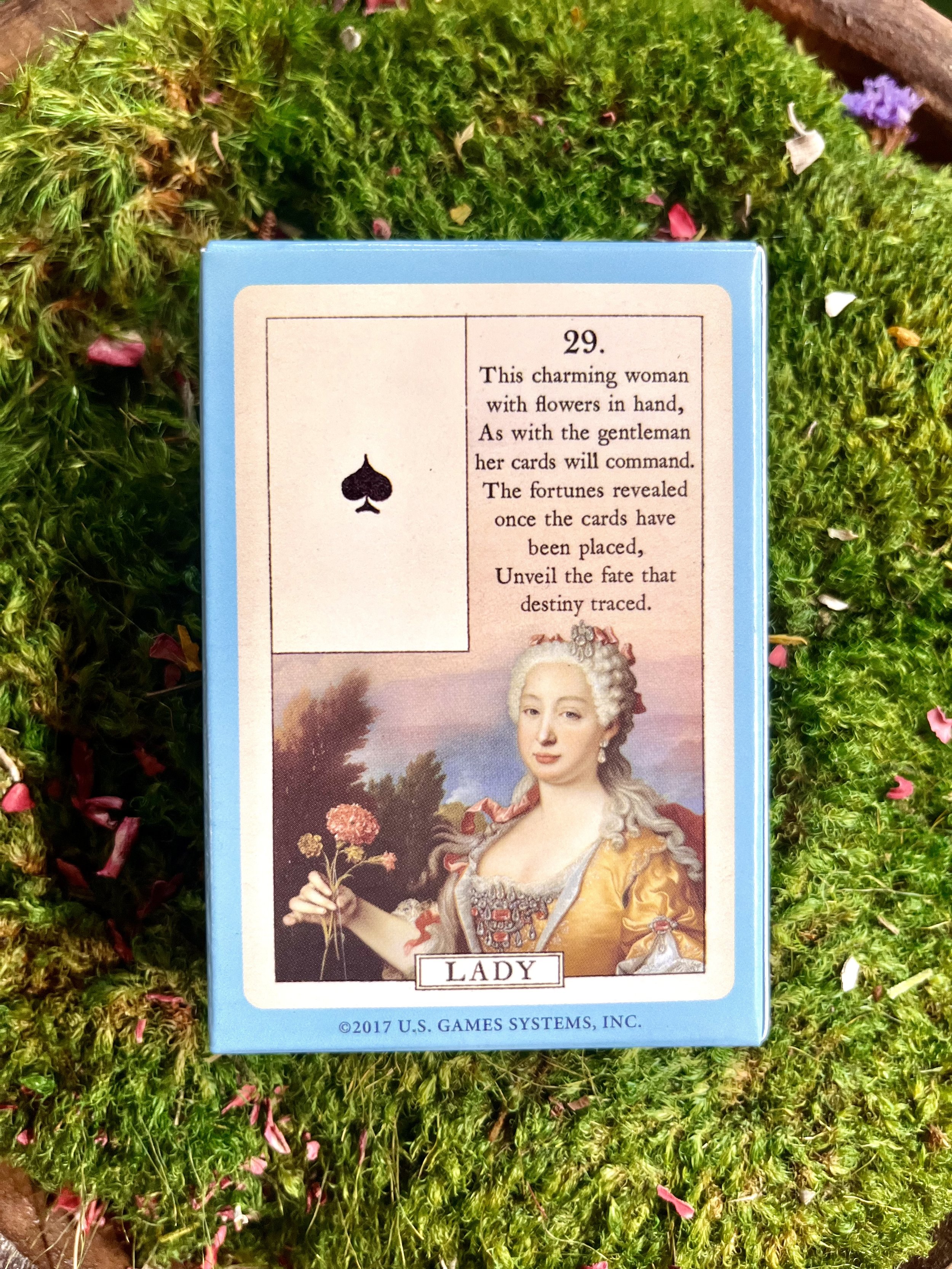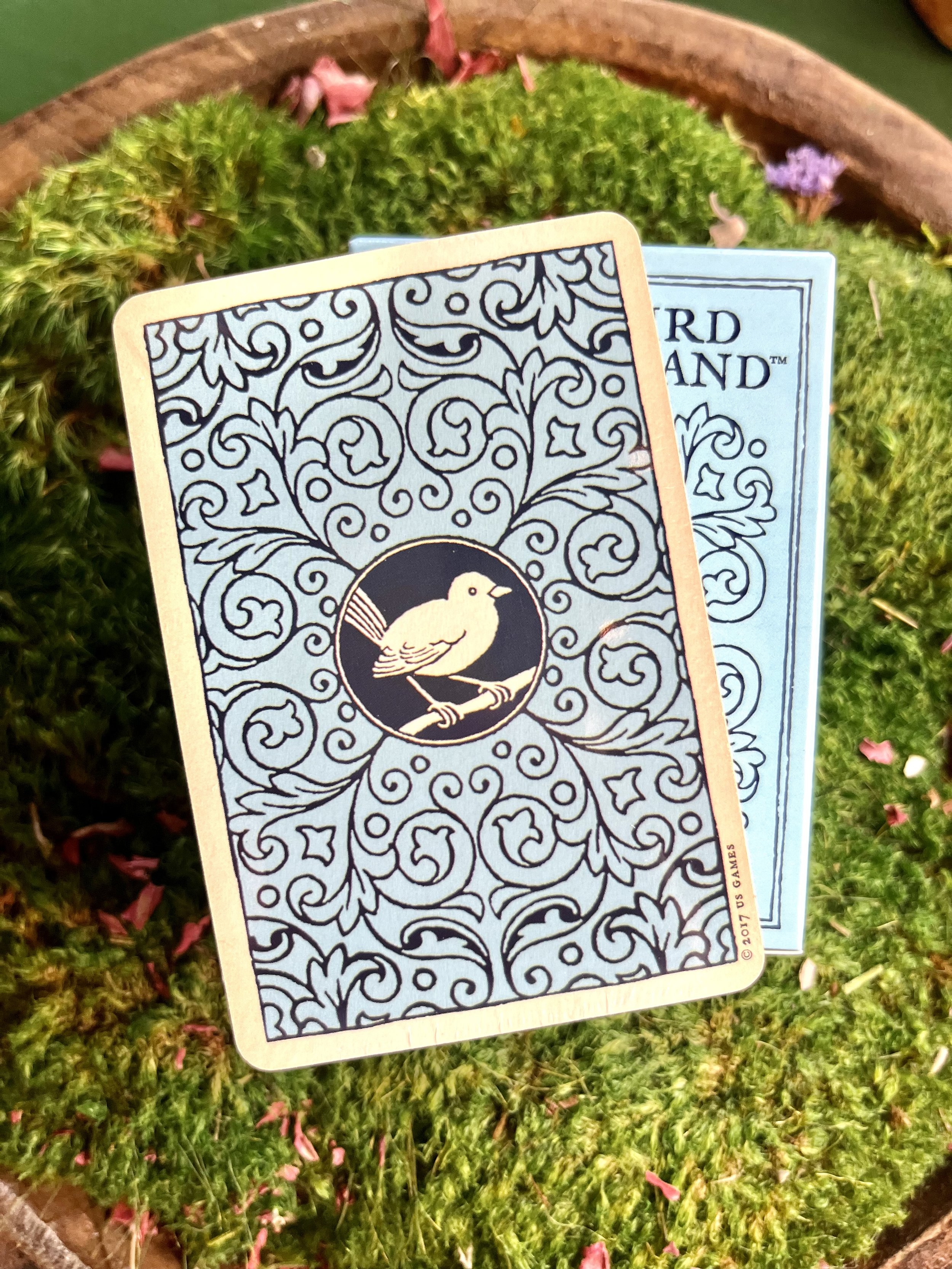Hibiscus
Hibiscus rosa-sinensis
Used for invoking passion and in love magic, the colorful flowers of the hibiscus have a tart but pleasant taste. Hibiscus is also considered an offering of beauty and an acknowledgment of courage.
characteristics
Hibiscus is an annual herb bearing red flowers. It reaches a height of 4–5 feet. Hibiscus has culinary properties: the young flowers are used in sauces, jellies, jams, and elixirs. Infusions made from the blossoms are also consumed as a tea.
history
Hibiscus is native to the Far East and is believed to have originated in India or China. It was brought to Europe in the 16th century and is now cultivated throughout the world, where it is commonly used in food and beverages.
Hibiscus rosa-sinensis
Used for invoking passion and in love magic, the colorful flowers of the hibiscus have a tart but pleasant taste. Hibiscus is also considered an offering of beauty and an acknowledgment of courage.
characteristics
Hibiscus is an annual herb bearing red flowers. It reaches a height of 4–5 feet. Hibiscus has culinary properties: the young flowers are used in sauces, jellies, jams, and elixirs. Infusions made from the blossoms are also consumed as a tea.
history
Hibiscus is native to the Far East and is believed to have originated in India or China. It was brought to Europe in the 16th century and is now cultivated throughout the world, where it is commonly used in food and beverages.
Hibiscus rosa-sinensis
Used for invoking passion and in love magic, the colorful flowers of the hibiscus have a tart but pleasant taste. Hibiscus is also considered an offering of beauty and an acknowledgment of courage.
characteristics
Hibiscus is an annual herb bearing red flowers. It reaches a height of 4–5 feet. Hibiscus has culinary properties: the young flowers are used in sauces, jellies, jams, and elixirs. Infusions made from the blossoms are also consumed as a tea.
history
Hibiscus is native to the Far East and is believed to have originated in India or China. It was brought to Europe in the 16th century and is now cultivated throughout the world, where it is commonly used in food and beverages.
Excerpt taken from “The Modern Witch’s Guide to Magickal Herbs” by Judy Ann Nock


